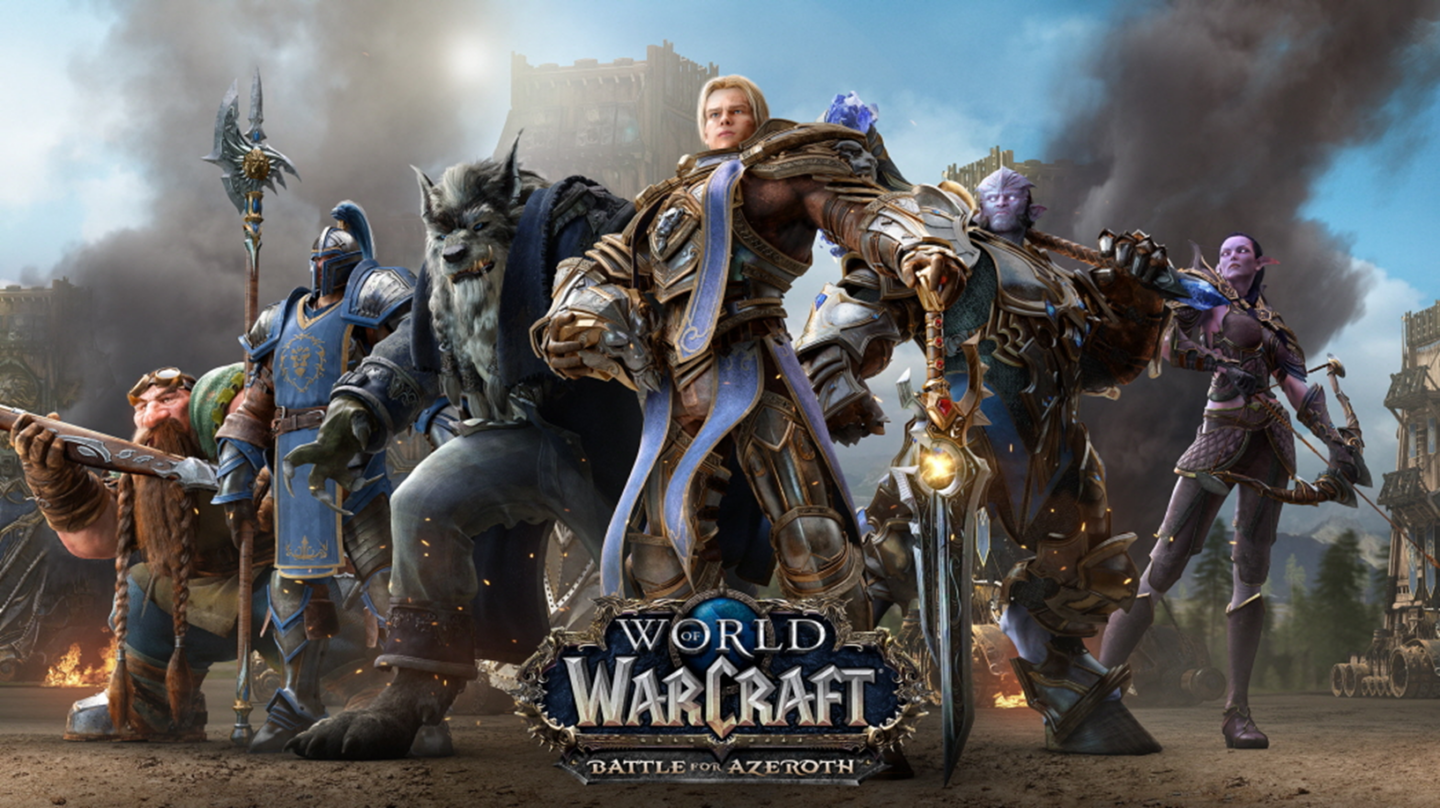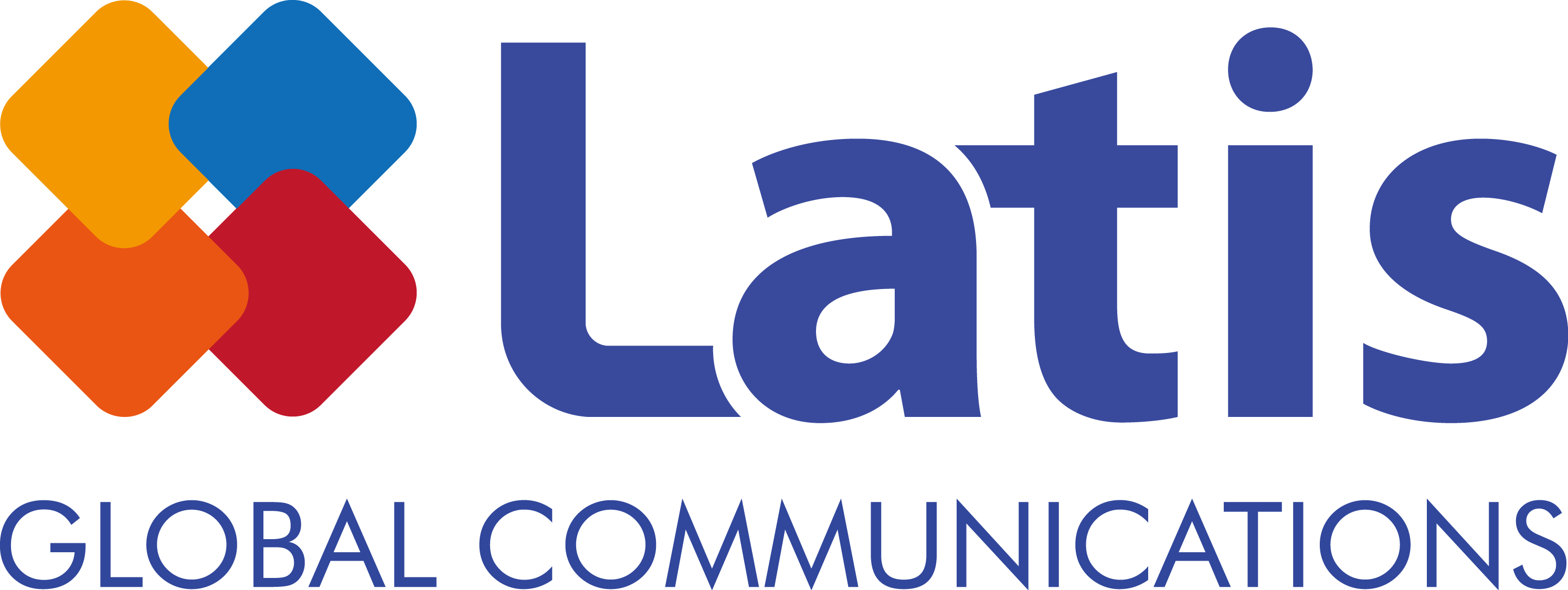
The gaming industry is a young entertainment industry with a global audience. Games are usually released in overseas markets through translations. Surprisingly, game translation has been developed faster than expected. In the early days, most games were developed in the United States or Japan. However, many publishers in other countries now offer game localization services because they’ve realized the potential for increased profits through game translations. Since gamers can enjoy playing games from any country, game translation has rapidly developed.
Latis Global is dedicated to making games accessible to everyone through their game localization services. Today, we’ll explore the origins of game localization and how it has evolved over time.

The Beginning of Game Translation
Initially, game developers in the U.S. created games solely for the domestic market, with a focus on arcade games that could be played at any arcade, alongside pinball machines and foosball tables. These games were hugely popular and were later released on home video game consoles and PCs. In the late 1970s, Japanese companies entered the gaming market and recognized the potential of these games. At that time, the games had minimal text, and game translation was not necessary. Additionally, they didn’t prioritize exporting games, and when they did, it was typically in English versions.

Japanese developers and publishers were the first to recognize the commercial potential of game translation. They targeted the U.S. market to increase their return on investment (ROI) and saw it as the best market to target. They specialized in arcade games that could be quickly released in the large U.S. market.
Although many people refer to the game as ‘Pac-Man’, they may not realize that this is the localized name for the U.S. market. The original Japanese name is pronounced as ‘Puck-Man.’ However, when it was exported to the U.S., Namco, the game’s developer, changed ‘Puck’ to ‘Pac’ to avoid it sounding like a curse word in English.
Interestingly, each of the colorful ghosts in Pac-Man has a name, but their names differ from the original Japanese version. Due to cultural differences between Japan and the U.S., Namco changed the ghosts’ names to ‘Blinky, Pinky, Inky, and Clyde’ from their original names: Reddie, Pinky, Bluey, and Slowly. This serves as a prime example of localization.

-1980s: Beginning of Game Localization
The 1980s marked the beginning of the early stages of video game translation. However, during this time, there was a lack of understanding regarding the importance of utilizing native speakers and professional game translators. As a result, game translations during this era were disastrous, with numerous incorrect translations. Some of these translations are still considered a dark period in game localization history.
Publishers soon realized that they could generate high revenues in overseas markets with a smaller investment if they translated game packages and documents. This became the standard in the gaming industry. Although Super Mario Brothers distributed packages and game manuals translated into German, French, Spanish, Italian, and Dutch, it only supported the in-game language in English.

During that time, the acronym EFIGS (English, French, Italian, German, Spanish) was created, and these languages became the primary group of languages for game translations. In 1983, Dragon’s Lair, an iconic arcade game, featured its characters’ voices as the first video game with dubbing. However, the dubbing was recorded by the game developers, and it was not until ten years later that the localization of in-game audio was considered.
– 1990s: Increased Demand for Game Localization
In the 1990s, many games started translating in-game texts, leading to the formation of departments and companies specializing in video game translation. Game packages, manuals, user interfaces, and subtitles of cinematic cutscenes were all localized during this time.
Game localization has played a vital role in the gaming industry by making games accessible to a wider audience in their native languages. This has resulted in significant growth in the industry, with revenues doubling by the end of the 1990s, and more than half of that growth was attributed to game localization. As a result, the demand for specialized translation services for video games continued to increase, leading to the formation of dedicated departments and companies for game translation. The scope of game localization expanded beyond the translation of game manuals and packages to include in-game texts, user interface, and subtitles for cinematic cutscenes.

Although game localization had made great strides by the end of the 1990s, in-game audio remained a challenge. Dubbing for each language version was the most expensive part of localization projects, and it still is today. As a result, this process was only done for games that were expected to be guaranteed blockbusters. The complete localization of both text and audio is known as ‘full localization’ and is decided based on the global marketing strategy. For example, Baldur’s Gate (Bioware/Interplay, 1998) was one of the first RPG games to be fully translated and dubbed into Spanish. It was a significant achievement because, just like most RPG games, there were hundreds of thousands of words that needed to be translated and thousands of voiceover files that needed to be recorded.
-2000s: Establishment of Game Localization
As the use of home PCs, consoles, and the Internet became more widespread, the number of players increased exponentially. This meant that video games could be sold more globally if proper localization was applied. Since the lifespan of video games was generally short, the best strategy for publishers was to release all language versions at once, even if the games were successful.
This was the moment when the idea of ‘sim-ship’ was conceptualized. Through sim-ship, publishers simultaneously release games in all language versions worldwide. What changed the localization and gaming industry the most, was the massive success of online games, especially massively multiplayer online games (MMO games) like World of Warcraft (Blizzard, 2004).

-Today: Boom of Game Localization
Localization Should Not Be the Last Step but the First Step.
The 2022 Global Games Market Report by Newzoo reveals that the mobile gaming market is currently valued at approximately $92.2 billion, making up 50% of the entire gaming market. Meanwhile, the console gaming market is valued at about $51.8 billion (28%), and the PC gaming market is valued at approximately $38.2 billion (21%).

As the number of gamers is continuously increasing worldwide, the demand for localization through professional game translation companies is also growing.
Game localization involves much more than simply translating text into other languages. It requires a deep understanding of the target market’s regional characteristics, cultural norms, sensitivities, and language nuances, including slang. Translating metaphors, idioms, jokes, and satires in games can be challenging, and professional game translation companies must be able to identify and address these issues. Additionally, translation companies must not only possess strong language skills but also understand the challenges of modifying game content and translations to fit cultural contexts based on the targeted markets. They must also know how to localize content appropriately within specific terminology and genres.
For any further questions regarding game localization, please contact us at any time. Thank you.
TEL : +82-70-8270-8500 EMAIL : contact@latisglobal.com

